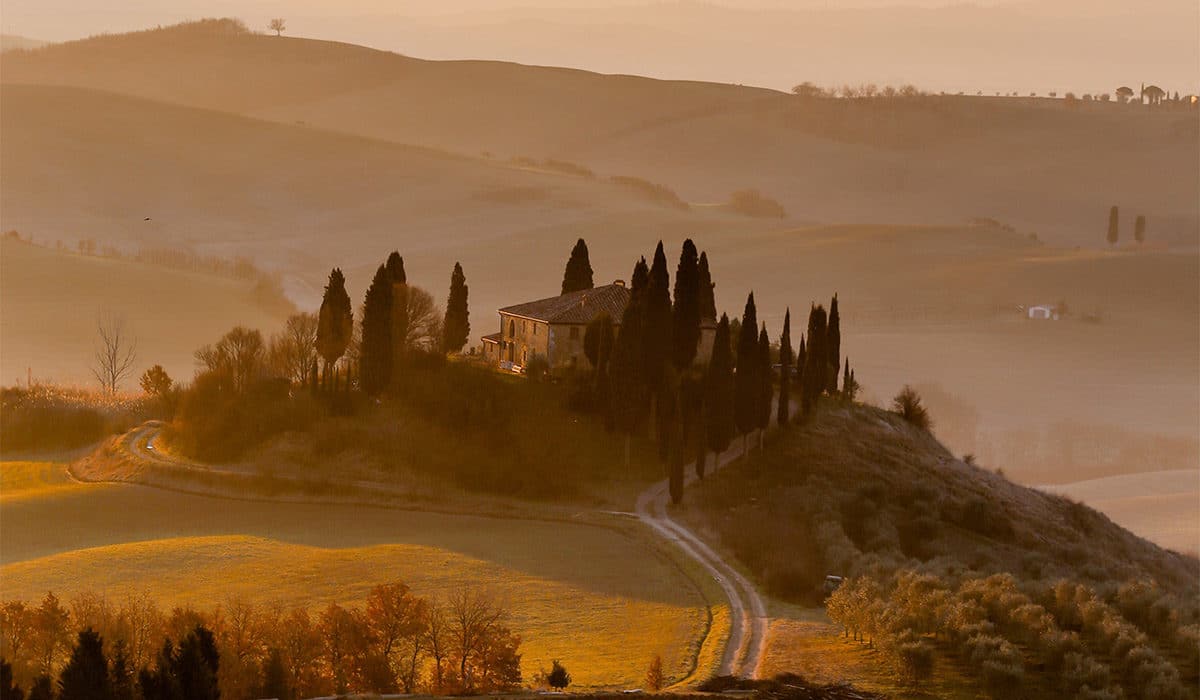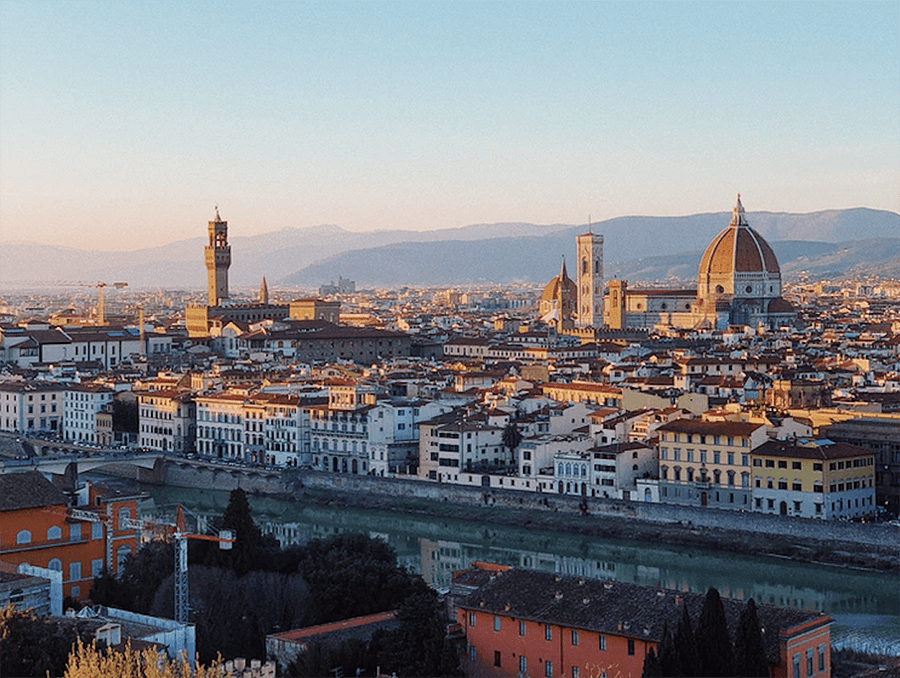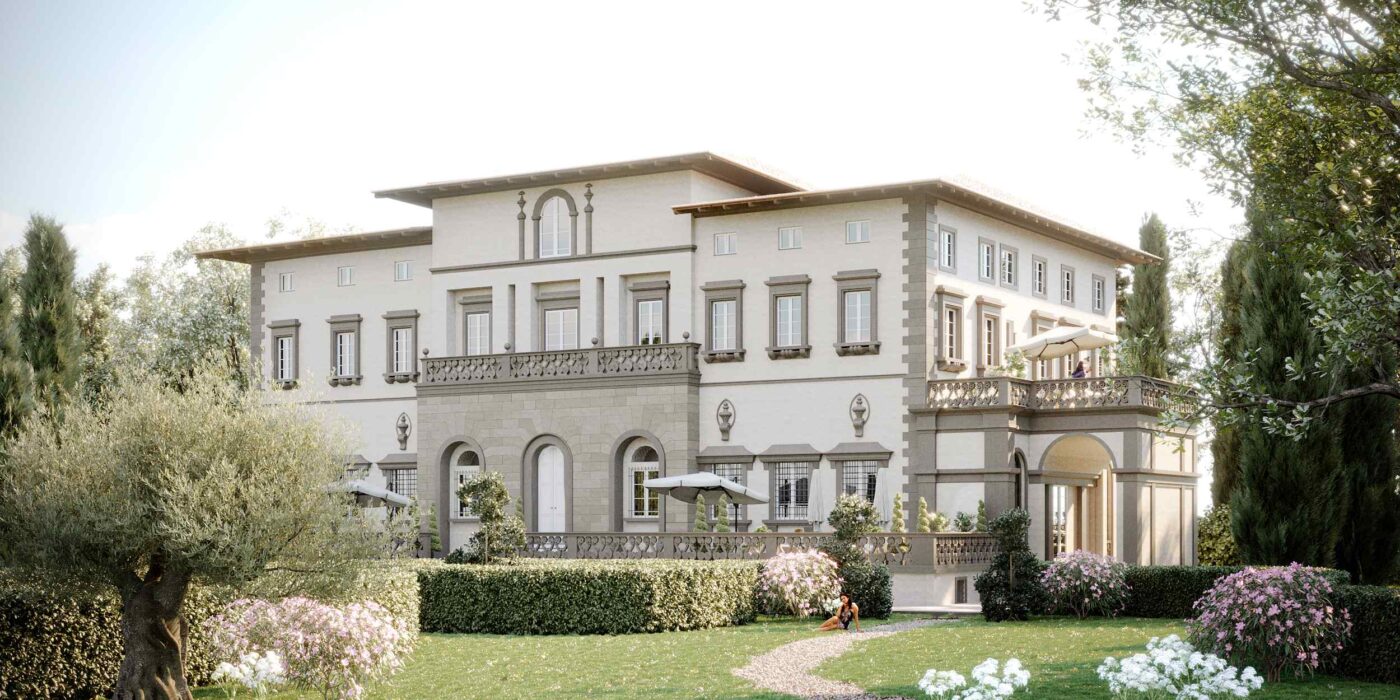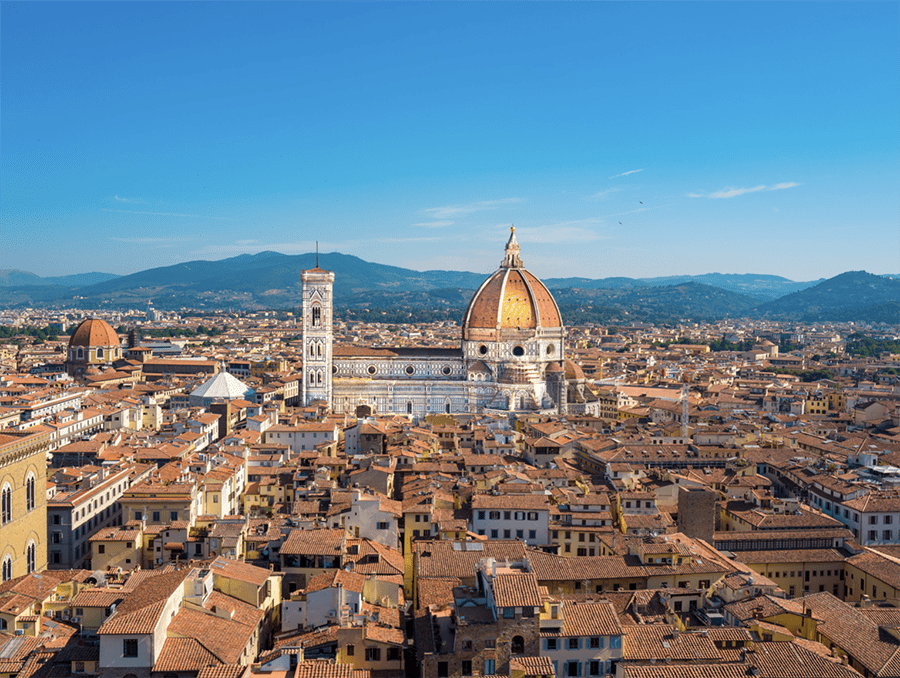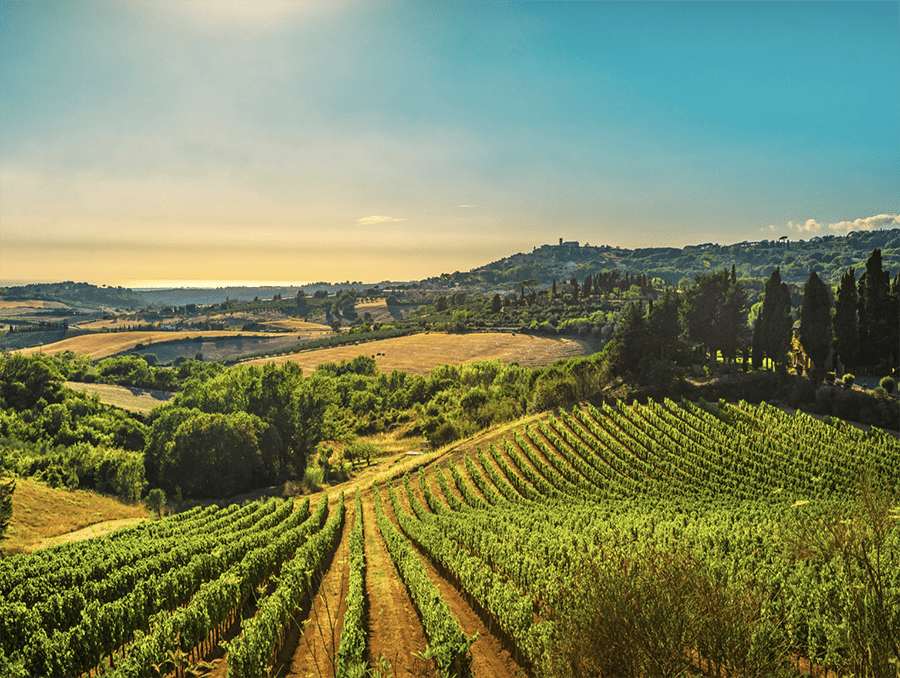Why Florence Real Estate Is The Ultimate Cultural Investment: Living Steps Away From Priceless Renaissance Art
The Loggia dei Lanzi proves that in Florence, you don’t just buy property—you invest in proximity to irreplaceable cultural treasures worth billions, accessible 24/7 at no cost.
In the high-stakes world of luxury real estate, location has always been paramount. But what if that location offered something money truly can’t buy elsewhere: immediate access to priceless Renaissance masterpieces, displayed in the open air, available around the clock without admission fees or museum hours?
Welcome to Florence’s Piazza della Signoria, where the Loggia dei Lanzi serves as both an extraordinary open-air museum and a compelling case study for why investing in Tuscan real estate—particularly in Florence’s historic center—represents one of Europe’s most unique value propositions.
The $50 Million Museum That Never Closes
The Loggia dei Lanzi houses what conservative estimates value at over $50 million in irreplaceable sculptures, including Benvenuto Cellini’s bronze masterpiece “Perseus with the Head of Medusa” (1554) and Giambologna’s “Rape of the Sabine Women” (1583). Unlike traditional museums, this 14th-century loggia operates as a 24/7 cultural experience, with round-the-clock security ensuring these treasures remain accessible to residents and visitors alike.
For luxury real estate investors, this translates to a unique selling proposition: properties within walking distance of the Loggia offer buyers something no other global destination can match—immediate access to Renaissance art that typically requires museum visits, advance bookings, and entrance fees.
Market Fundamentals: Why Florence Delivers Returns
Recent data from Immobiliare.it Insights, in collaboration with LuxuryEstate.com, confirms that Tuscany’s luxury residential market remains among Italy’s most dynamic, with Florence and the Versilia coast commanding premium positions. The luxury segment continues attracting both Italian and international investment, characterized by:
- Shorter sales cycles compared to standard residential properties
- Increasing demand for quality, functionality, and strategic location
- Sustained interest from international buyers seeking cultural proximity
- Premium pricing stability in historic center locations
The Cultural Premium: Quantifying Intangible Value
Properties near cultural landmarks like the Loggia dei Lanzi command significant premiums for tangible reasons. The loggia’s strategic position—adjacent to the Uffizi Gallery, steps from Palazzo Vecchio, and overlooking the city’s most important civic square—creates an ecosystem of cultural accessibility that sophisticated buyers increasingly prioritize.
Consider the investment mathematics: While a luxury apartment in Florence’s historic center may command €8,000-12,000 per square meter, the cultural amenities effectively provide residents with unlimited access to experiences that would cost thousands annually elsewhere. The Uffizi alone charges €25 per visit during peak season, and advance reservations are often required weeks ahead.
Historical Resilience: A 650-Year Track Record
The Loggia dei Lanzi’s history offers instructive lessons for long-term real estate investors. Constructed between 1376-1382 for public assemblies, it survived the transition from republic to Medici rule, adapting its function while maintaining its architectural and cultural significance. This adaptability—transforming from civic center to outdoor museum while preserving its essential value—mirrors Florence’s broader real estate market resilience.
Even the tragic 1993 mafia bombing in nearby Via dei Georgofili, which targeted Italy’s cultural heart, ultimately reinforced the area’s significance. The attack’s failure to diminish tourism or cultural appreciation demonstrated the enduring power of Florence’s artistic legacy—a factor that continues supporting property values.
Investment Strategy: Proximity Equals Premium
Smart real estate investors understand that in Florence, distance from cultural assets directly correlates with investment returns. Properties offering views of or easy access to the Loggia dei Lanzi and Piazza della Signoria consistently outperform the broader market because they provide:
- Rental Income Optimization: Short-term rental properties near major cultural sites command premium rates year-round
- Capital Appreciation: Historic center properties maintain value during market downturns
- International Appeal: Global buyers specifically seek cultural proximity
- Lifestyle Value: Residents enjoy daily access to world-class art and architecture
The Tuscan Advantage: Beyond Florence
While Florence anchors Tuscany’s luxury market, the region’s broader appeal extends throughout areas like Chianti, Siena, and coastal destinations. However, Florence’s unique combination of Renaissance heritage, modern amenities, and international connectivity creates investment opportunities unmatched elsewhere in Tuscany.
The data supports this premium positioning: Florence luxury properties show stronger price stability and faster transaction times compared to rural Tuscan estates, largely due to the city’s concentrated cultural assets and year-round international visitor flow.
Forward-Looking Value Creation
As global wealth increasingly seeks experiences over mere luxury, Florence real estate represents a convergence of tangible and intangible value. Properties near the Loggia dei Lanzi don’t just offer accommodation—they provide lifestyle access to humanity’s greatest artistic achievements.
For sophisticated investors, the question isn’t whether Florence real estate justifies its premium pricing, but whether any other global destination offers comparable cultural return on investment. In a world where experiences increasingly define luxury, owning property steps away from Cellini and Giambologna masterpieces—accessible any hour of any day—represents an investment category unto itself.
The bottom line: In Florence, you’re not just buying real estate. You’re investing in permanent access to cultural treasures that define Western civilization, surrounded by a market ecosystem that has proven its resilience across centuries. For investors seeking both financial returns and lifestyle enhancement, few opportunities rival Tuscan luxury real estate anchored by Florence’s incomparable artistic heritage.
Source: Immobiliare.it

